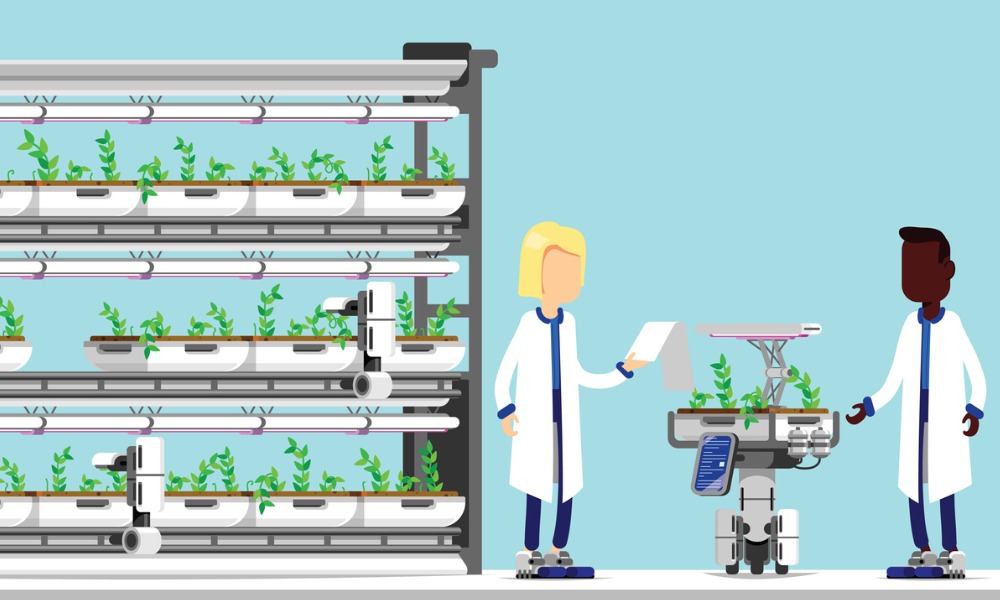How can you use patents to protect the innovation that lies behind plant materials and at the same time secure a competitive edge in the market? The reply is clear: through exclusivity. We will be looking at this in this article, following our first post Vegan IP in which we described the use of trademarks to identify these materials as an alternative to the use of animal leather in textiles.
In our previous article we mentioned three materials made from pineapple leaves (PIÑATEX, PIÑAYARN produced by Ananas Anam Ltd), apple fibers (APPLESKIN by Frumat SrL) and fungi filaments (REISHI by MycoWorks Inc.). These are not the only options though. There are other plant leathers out there that are also ecological and an alternative to animal leather, such as teak leaf, tree bark, grape, soya, coconut or nopal cactus leather, to name but a few.
When products such as these have undergone huge research, it can be advisable to protect them or the procedure used to obtain/produce the product, or both, through a patent. What does a patent protect? The product itself or the manufacturing method, which avoids competitors using the same or a similar product under a different trademark.
For an invention to be protected as a patent, three requirements must be met, the so-called “patentability requirements”, which are examined by the different national authorities where protection is sought:
- Novelty: The invention cannot have been disclosed anywhere in the world before the filing date of the patent application.
- Inventive step: The solution proposed by the invention should not be evident from a combination of publications existing at the time the patent application was filed.
- Industrial application
In the plant leathers industry, manufacturers not only try to protect the trademark, but also the product or manufacturing process, with the aim of blocking possible competitors. The competitive edge they obtain is enormous because they hold an exclusive right that prevents the exploitation of their invention by unauthorized third parties.
For example, Ananas Anan Ltd, filed an application for the patent “Natural non-woven materials” in 2010. Following the examination of the patent it was granted in Europe, China and Japan. It is still under examination in India, the Philippines and the US. Specifically, Spanish patent ES2689386T3, derived from the European patent that was granted, claims the following: artificial leather comprising a fiber composed of the leaves of plants of the Bromeliaceae family (of which pineapples form part) and a cured polymer; as well as the process for preparing the artificial leather.
Frumat Srl also filed a patent application in 2017 which is under examination in at least Brazil, China, India and Europe. The application seeks to obtain protection for a composition for forming artificial leather comprising a polymer and plant powder from plant remains with cellulose, in particular from apples; a process for producing a laminate of biodegradable artificial leather; and a biodegradable artificial leather composite laminate.
Another example of protection of the product via a trademark and a patent can be seen in the company MycoWorks Inc. In this case, the company does not have a single patent application, but rather nine patents granted and/or under examination, each for a product or methods related to fungal materials, for example, to improve the growth of fungi, or to improve the mechanical properties of fungal materials. The aspects that stand out in the products are constructive elements (patents derived from PCT application number WO12071589, filed in 2011) and fungus-based materials to make leather (PCT application number WO18014004, filed in 2017, and PCT application number WO20086907, filed in 2019). Following the patent applications filed, it appears that MycoWorks Inc. started working on the production of construction elements using fungal material and as from 2017, went on to focus on obtaining fungal material for textiles.
Another plant leather patent, in this case teak leather, is UK patent application GB2569097, filed in 2017, on which the grant is pending. The application claims a process to manufacture a material comprised of leaves of the genus tectona with a plastic layer and material comprised of two layers, a plastic layer and a layer of processed leaves from trees of the genus tectona species.
The above are just some of the examples of patent applications and patents related to plant leather and manufacturing methods or related to different aspects, which demonstrate the interest in protecting developments that grant a monopoly in the exploitation of products or processes claimed in the patents. These monopolies, granted by the different national authorities, seek to avoid different players coexisting in the market with the same technology, thereby giving patent owners exclusive rights that complement the protection afforded by trademarks.
Garrigues Intellectual Property Department






